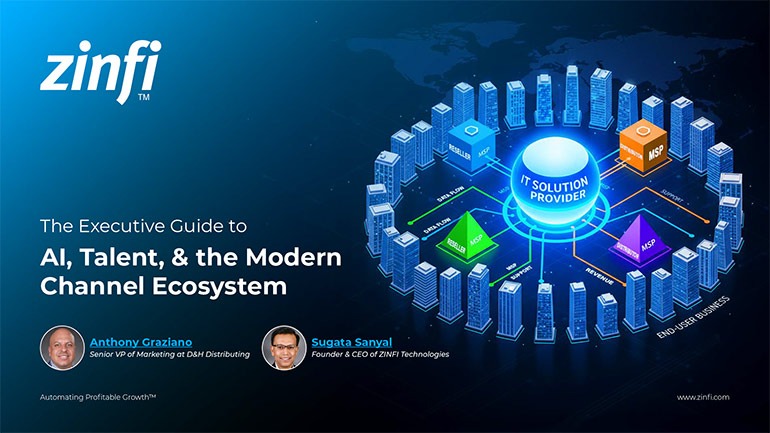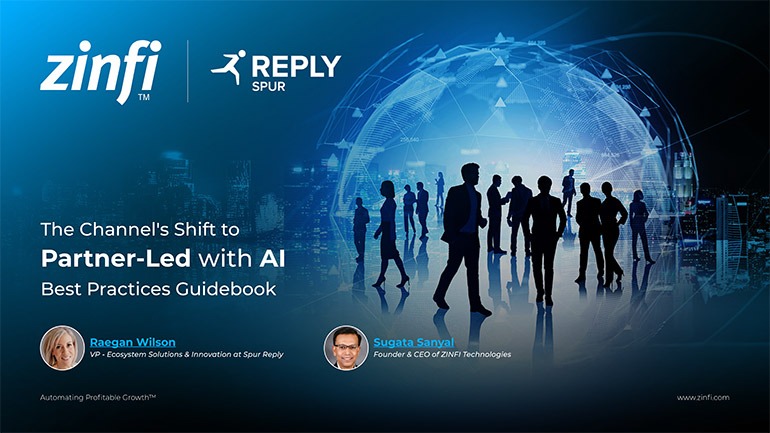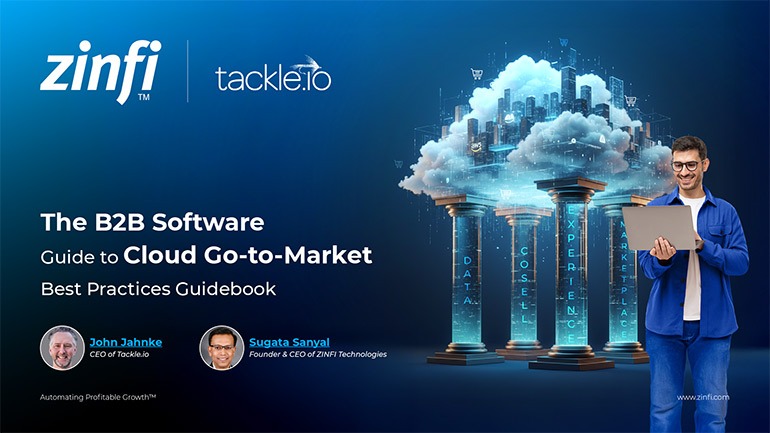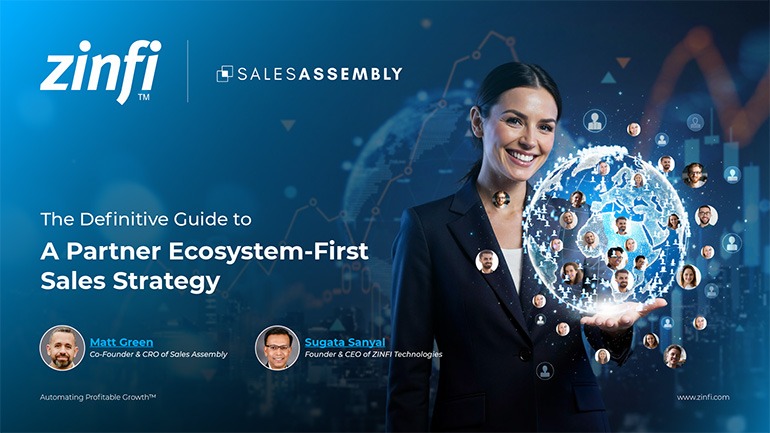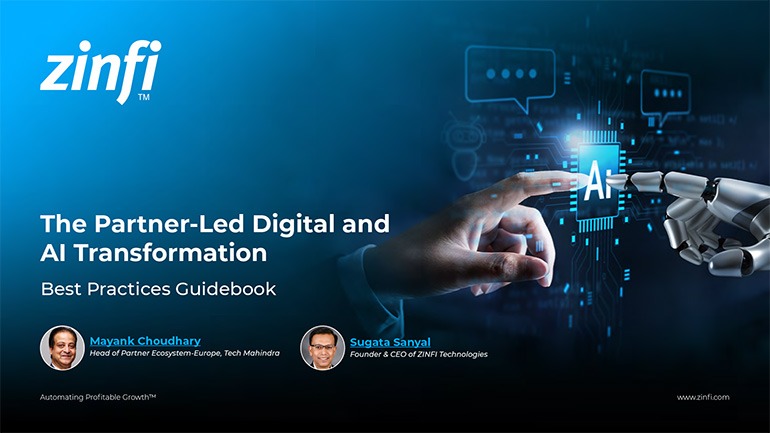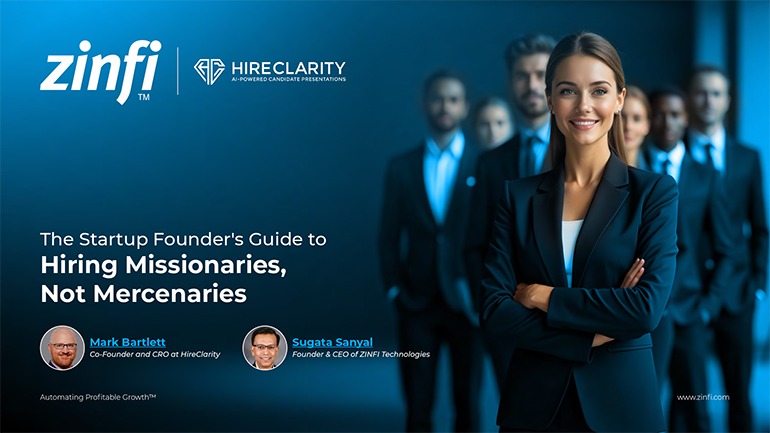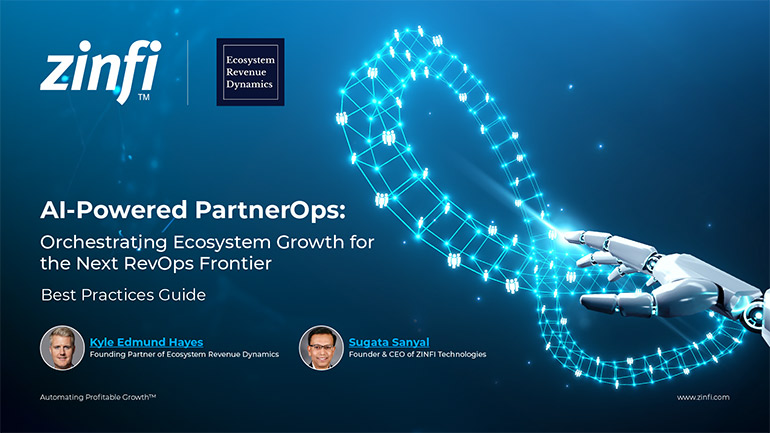Kyle Edmund Hayes shares a compelling journey that blends engineering expertise with operational strategy. Starting at IBM, his early fascination with systems design and IT infrastructure evolved through hands-on roles supporting enterprise data centers. These formative years helped Kyle develop a systems-level perspective. He explains how this foundation shaped his understanding of how technology supports business functions, a theme central to his later work. His transition into software engineering was driven by coding and the desire to understand how complex systems serve broader business outcomes.
Kyle shifted from pure engineering to client architecture and program management as he moved through roles at Microsoft and other firms. This evolution was marked by a desire to bridge the communication gap between business teams and technical departments. At Microsoft, he worked on early Azure and SaaS migration projects, giving him a front-row seat to the evolution of enterprise cloud and partner engagement strategies. These experiences formed a unique blend of technical depth and business alignment that set the stage for his eventual founding of Ecosystem Revenue Dynamics.
Sugata highlights how this trajectory positions Kyle as an ideal thought leader for PartnerOps, which requires engineering precision and strategic coordination. Kyle has carved out a niche in orchestrating partnerships, channels, and go-to-market motions by fusing operational complexity with ecosystem thinking. This first section sets the foundation for understanding why PartnerOps isn’t just a renamed channel function but a critical extension of RevOps designed to handle the growing intricacy of the modern partner ecosystem.

